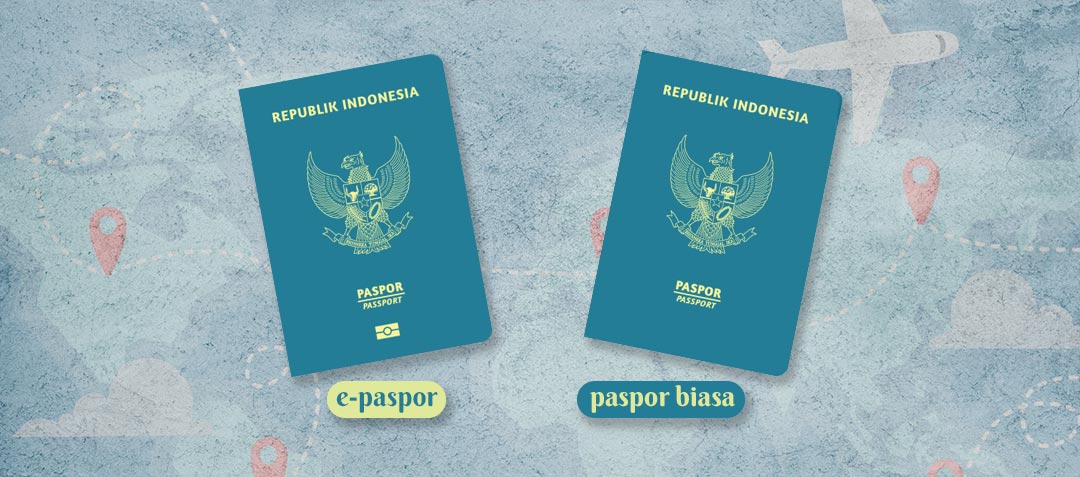
Regular Passport vs E-Passport
Passport as an Official Travel Document: Regular vs. E-Passport
A passport is an official government-issued document that serves as a citizen’s identity when traveling abroad. In Indonesia, two common types of passports are available: the Regular Passport and the Electronic Passport (E-Passport). Understanding the differences between them is essential to ensure travel convenience and security.
As a trusted provider of document security solutions, Jasuindo specializes in high-security printing technology for various documents, including passport security features. Leveraging advanced technology, we are committed to supporting the government in ensuring the authenticity of travel documents.
What is a Regular Passport?
A Regular Passport is a conventional passport containing the holder’s personal information, such as name, photo, and travel details. It incorporates printed security features, including watermarks, special inks, and intricate graphic designs, to prevent forgery.
This type remains popular due to its relatively simple application process and affordability. However, it lacks an embedded electronic chip for biometric data storage.
What is an Electronic Passport (E-Passport)?
An Electronic Passport (E-Passport) features an embedded microchip within its cover, storing the holder’s biometric data, such as fingerprints and a digital photograph. This data can be scanned using specialized devices at airports for faster and more secure identity verification.
In addition to the chip, E-Passports include enhanced security measures, such as tamper-proof materials and sophisticated design elements that deter counterfeiting. E-Passport holders also benefit from autogate facilities at select international airports, expediting immigration clearance.
Key Differences Between Regular and Electronic Passports
| Feature | Regular Passport | Electronic Passport (E-Passport) |
| Security | No embedded chip | Includes a biometric chip |
| Data Storage | Basic holder details | Extended biometric data (facial recognition, fingerprints) |
| Efficiency | Manual immigration checks | Eligible for autogate processing |
| Appearance | No special logo | E-Passport logo on the cover |
| Maintenance | No special storage needed | Requires careful handling to protect the chip |
*Note: E-Passports still retain a physical booklet, similar to Regular Passports.*
Advantages and Disadvantages of Each Passport Type
Regular Passport
✅ Pros:
– Faster processing and lower cost.
– Suitable for international travel without autogate requirements.
– Widely accessible to the general public.
❌ Cons:
– Lacks biometric security features.
– More susceptible to forgery compared to E-Passports.
Electronic Passport (E-Passport)
✅ Pros:
– Enhanced security with biometric verification.
– Enables autogate access at major international airports, including in Indonesia.
– Difficult to counterfeit due to encrypted data.
❌Cons:
– Higher production cost.
– Longer processing time.
Choosing Between a Regular and E-Passport
The choice depends on individual needs. Frequent travelers or those visiting countries with autogate facilities may prefer the E-Passport for its convenience and security. However, for occasional travelers or those with budget constraints, the Regular Passport remains a reliable option.
At Jasuindo, we recognize the importance of secure travel documentation. Through cutting-edge security printing technology, we continuously innovate to support the government in delivering safe and dependable passports.
Conclusion
Both Regular Passports and E-Passports have distinct advantages. While E-Passports offer superior security and convenience, Regular Passports provide an economical and accessible alternative.
As a trusted partner in security printing, Jasuindo delivers innovative solutions for high-security passport production. With advanced technology, we assist government agencies in ensuring the integrity and reliability of travel documents.
